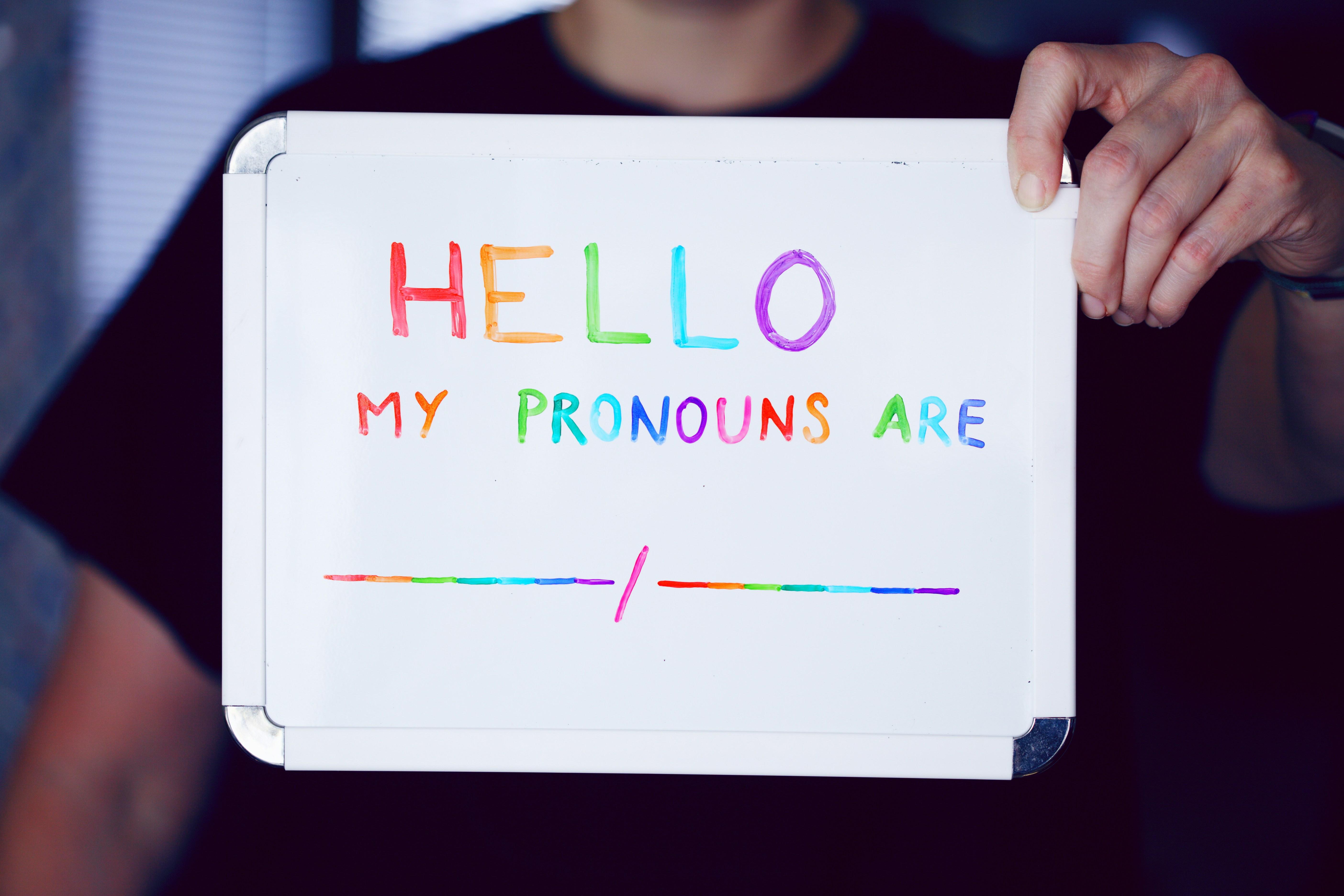In the realm of science fiction television, few series have achieved the cultural resonance and enduring legacy of “Star Trek.” As a pioneering force in the genre, “Star Trek” has long been celebrated for its visionary storytelling and exploration of complex social issues. Among these, the representation of gender stands out as a critical element deserving of scrutiny and discussion. While science fiction provides a unique canvas for imagining alternate realities and futures, it also reflects and influences the societal norms of its time. The portrayal of gender in such shows not only shapes audience perceptions but also plays a pivotal role in challenging stereotypes and expanding the boundaries of inclusivity. This article critically examines the importance of gender representation in science fiction television, using “Star Trek” as a lens to explore how these narratives have evolved and the impact they have on contemporary discourse around gender equality and diversity.
Exploring the Historical Context of Gender Roles in Sci-Fi Television
Science fiction television has long served as a mirror to societal norms and aspirations, with gender roles often at the forefront of this reflection. In shows like Star Trek, gender representation has evolved significantly, offering a platform to challenge and redefine traditional roles. Initially, female characters were frequently relegated to supporting roles or depicted in stereotypical ways. However, as societal attitudes began to shift, so too did the portrayal of gender in these narratives. The show began to introduce more complex and powerful female characters, such as Lieutenant Uhura and Captain Janeway, who challenged the status quo and inspired viewers to envision a more equitable future.
Key elements of this evolution include:
- Breaking Stereotypes: Earlier depictions often reinforced gender stereotypes, but progressive iterations have introduced characters who defy traditional gender norms.
- Diverse Representation: Modern sci-fi shows have expanded the spectrum of gender representation, including non-binary and LGBTQ+ characters.
- Narrative Agency: Characters are increasingly given substantial narrative agency, driving storylines and influencing the fictional universe in significant ways.
By examining these shifts, viewers gain insight into the historical context that has shaped current gender dynamics, highlighting the potential of sci-fi to not only reflect but also influence societal change.

Analyzing the Impact of Diverse Gender Representation on Audience Perception
In the realm of science fiction, gender representation plays a pivotal role in shaping audience perception and engagement. Shows like Star Trek have historically been at the forefront of integrating diverse gender roles, often reflecting or challenging societal norms. This diversity in gender portrayal is crucial as it enables viewers to see a more inclusive and varied spectrum of identities and experiences. By breaking away from traditional gender roles, these shows provide a platform for audiences to explore complex narratives that resonate with a wider array of viewers. The inclusion of diverse gender representation can lead to a deeper emotional connection, as it mirrors the complexities of real-world gender dynamics and broadens the scope of storytelling.
When audiences are presented with a spectrum of gender identities and roles, it often leads to a shift in perception and expectations. Some key impacts include:
- Increased empathy and understanding towards different gender experiences.
- Challenging stereotypes and encouraging critical thinking about gender norms.
- Enhanced relatability for viewers who see their own identities and struggles reflected on screen.
- Encouragement of open dialogue about gender issues, fostering a more inclusive community.
By incorporating diverse gender representations, sci-fi shows not only enrich their narratives but also contribute to a more informed and accepting audience. This representation acts as a catalyst for change, encouraging viewers to question and redefine their understanding of gender roles in both fictional and real-world contexts.

Case Study: Gender Dynamics and Character Development in Star Trek
In the realm of science fiction, Star Trek stands as a pioneering force, not only in its exploration of futuristic technologies and interstellar diplomacy but also in its nuanced portrayal of gender dynamics. The franchise has continually pushed the boundaries of traditional gender roles, offering a canvas where character development is intertwined with progressive social commentary. Through its various series, Star Trek has introduced audiences to a multitude of strong female characters who defy the stereotypical confines of their gender, such as Lieutenant Uhura in the original series, who broke ground as one of the first African American women in a prominent television role.
- Lieutenant Uhura: Embodied the potential for gender equality in the workforce, serving as a communications officer and a key crew member aboard the USS Enterprise.
- Captain Janeway: In Star Trek: Voyager, she shattered the glass ceiling of space exploration, commanding a starship with both authority and compassion.
- Dax: A character in Deep Space Nine that challenged gender norms through the unique concept of a Trill symbiont, showcasing the fluidity and complexity of identity.
These characters exemplify the show’s commitment to portraying a universe where gender does not dictate capability or destiny. This commitment has not only contributed to the rich tapestry of Star Trek’s storytelling but also encouraged viewers to reconsider their own perceptions of gender and identity, inspiring a legacy of diversity and inclusion that continues to resonate with audiences today.

Recommendations for Enhancing Gender Inclusivity in Future Sci-Fi Productions
To foster a more gender-inclusive landscape in sci-fi productions, creators should prioritize diverse storytelling that challenges traditional gender roles. This can be achieved by featuring complex characters who defy stereotypes and by ensuring a balanced representation of genders both in front of and behind the camera. Consider the following approaches:
- Inclusive Casting: Actively seek out talent from underrepresented gender identities to portray a wide range of characters, thereby reflecting the diverse society we live in.
- Gender-Fluid Narratives: Craft storylines that explore gender fluidity and non-binary identities, encouraging audiences to question and expand their understanding of gender.
- Creative Leadership: Promote gender diversity within writing and directing teams, allowing for varied perspectives that can lead to richer, more authentic storytelling.
Furthermore, sci-fi productions should engage in ongoing dialogue with gender advocacy groups and audiences to ensure their portrayals are respectful and forward-thinking. By implementing these strategies, future sci-fi shows can not only entertain but also educate and inspire a more inclusive future.
In Retrospect
the significance of gender representation in science fiction television, exemplified by iconic series like Star Trek, cannot be overstated. As a genre that often explores the boundaries of human experience and societal norms, sci-fi serves as a powerful platform for challenging traditional gender roles and promoting inclusivity. By showcasing diverse and complex characters, these shows not only reflect the evolving dynamics of our world but also inspire audiences to envision a more equitable future. However, while progress has been made, the journey toward genuine gender representation is ongoing. It requires continued commitment from creators and audiences alike to demand and support narratives that accurately reflect the diversity of the human experience. As we look forward to new stories and characters in the sci-fi realm, let us remain vigilant in our pursuit of a more inclusive media landscape that celebrates and uplifts all voices.
